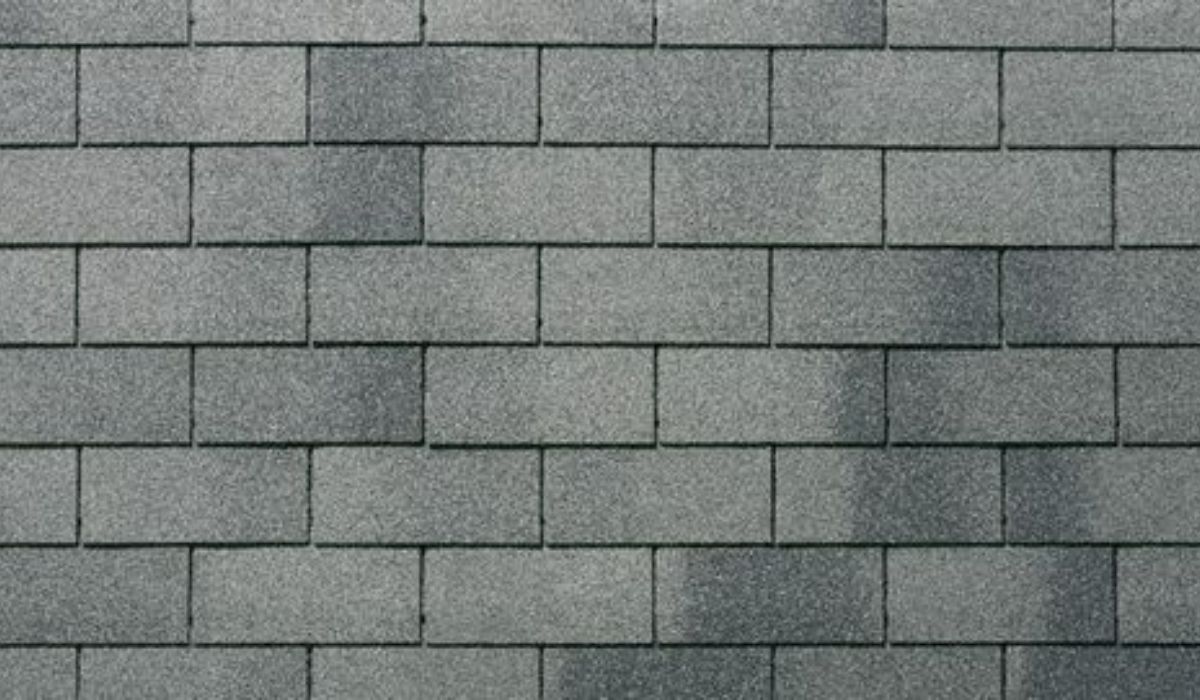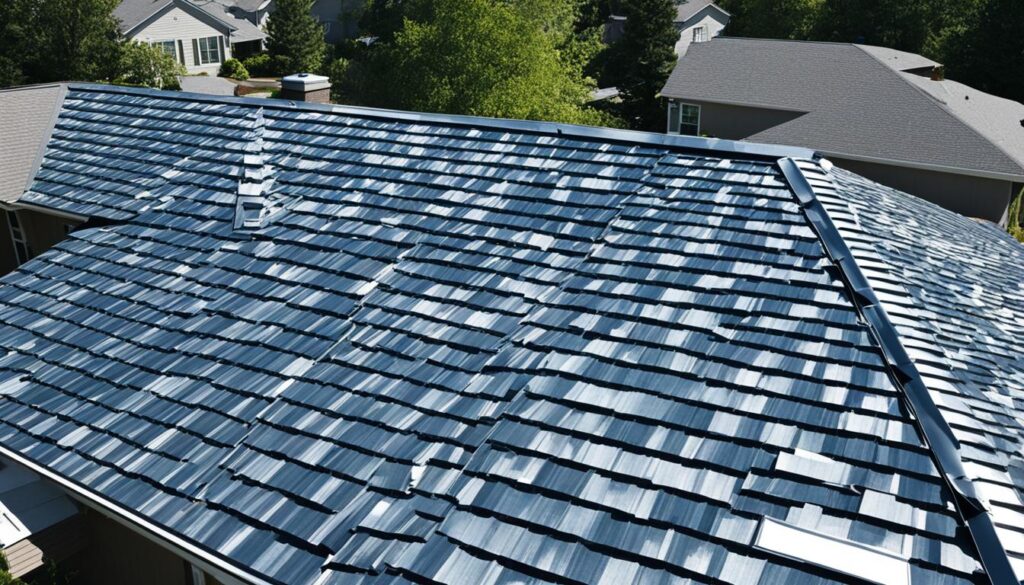
How long do 3-tab shingles actually last? Are they durable enough for your roofing needs? These questions often cross the minds of homeowners considering this popular roofing material. While 3-tab shingles are a cost-effective option, their lifespan can be a concern. In this article, we delve into the factors that affect the life expectancy of 3-tab shingles and explore whether they can stand the test of time.
Key Takeaways:
- The average lifespan of 3-tab shingles is around 15-30 years.
- Factors such as material quality, installation, maintenance, and climate can affect their durability.
- Proper ventilation and regular roof maintenance can help extend the life of 3-tab shingles.
- Consider other shingle options like architectural shingles or metal roofs for longer lifespans.
- Choosing the right shingle option depends on specific needs, budget, and the climate in which they are installed.
Factors Affecting the Lifespan of 3-Tab Shingles
Properly understanding the factors that affect the lifespan of 3-tab shingles is crucial for homeowners looking to prolong the life of their roofing system. By considering these key elements, they can increase the durability, longevity, and overall performance of their 3-tab shingles.
Type and quality of materials: The type and quality of materials used in the manufacturing of 3-tab shingles play a significant role in their lifespan. Opting for higher-quality materials ensures a longer lifespan, reducing the need for premature replacements.
Color of materials: Did you know that the color of your shingles can impact their lifespan? In warm climates, lighter-colored shingles are recommended to prevent excessive heat absorption, prolonging their life expectancy.
Quality of installation: Proper installation techniques are vital for maximizing the lifespan of 3-tab shingles. Hiring a professional roofing contractor with expertise in installing 3-tab shingles can ensure a meticulous and long-lasting installation.
Underlayment: The underlayment serves as a protective layer between the shingles and the roof deck. Choosing a high-quality underlayment and ensuring its proper installation can enhance the durability and prolong the lifespan of 3-tab shingles.
Slope of the roof: Roof slope affects how water drains off the roof’s surface. Flat roofs or roofs with a low pitch are more prone to water puddling, which can lead to damage and reduce the lifespan of 3-tab shingles. Proper slope design and installation can prevent this issue.
The elements: 3-tab shingles are exposed to various elements such as sunlight, wind, rain, snow, and hail. Over time, these elements can cause damage and wear down the shingles. Opting for shingles designed to withstand these elements and regularly inspecting for any damage can help extend their life.
Ventilation: Proper ventilation is essential for maintaining an even temperature and preventing excessive heat or cold from impacting 3-tab shingles. It promotes longevity by reducing the risk of heat-related damage during hot weather and prevents moisture buildup that can lead to mold or rot.
Regular roof maintenance: Regularly inspecting and maintaining the roof can significantly extend the life of 3-tab shingles. Addressing any issues promptly, such as damaged shingles or leaks, prevents further damage and ensures the shingles perform optimally over time.
By considering these factors and taking appropriate steps to prolong the life of 3-tab shingles, homeowners can enhance the performance and durability of their roofing system, providing long-term protection for their homes.
Lifespan of Different Types of Shingles
When considering roofing options, it’s important to understand the lifespan of different types of shingles. The durability and longevity of each type of shingle can vary based on several factors, including material quality, installation, maintenance, and the climate in which they are installed.
Here is an overview of the lifespan of various shingle types:
- Asphalt shingles: 15-30 years
- Composite shingles: 20-50 years
- Wood shingles: 30-40 years
- Clay tiles: 50 years
- Concrete tiles: 50 years
- Metal roofs: 50 years
- Copper roofs: 60+ years
The lifespan of each shingle type is influenced by different factors. Higher-quality materials tend to have longer lifespans and may even come with extended warranties. For example, metal roofs, such as copper roofs, are known for their exceptional durability and can last over 60 years.
It’s also important to consider the cost per square foot when selecting a shingle type. Asphalt shingles are typically the most affordable option, while copper roofs tend to be the most expensive.

By understanding the lifespan of different shingle types, homeowners can make informed decisions about their roofing materials, considering both longevity and budget constraints.
Conclusion
The lifespan of 3-tab shingles can be influenced by various factors, including the quality of materials, installation, maintenance, and environmental conditions. To maximize the lifespan of 3-tab shingles, it is crucial to ensure proper installation, regular maintenance, and prompt resolution of any issues that arise.
While 3-tab shingles may have a shorter lifespan compared to other types of shingles, they offer a cost-effective option for homeowners on a tight budget. However, for those seeking longer lifespans and enhanced durability, considering alternatives such as architectural shingles or metal roofs may be beneficial.
When choosing the right shingle option for a roof, it is important to consider specific needs, budget constraints, and the climate of the area. By taking these factors into account, homeowners can make informed decisions to maximize the lifespan, enhance durability, and increase the life expectancy of their 3-tab shingles.

Meet William Adams, a seasoned roofing expert with over 30 years of hands-on experience in the industry. Having worked tirelessly under the scorching sun and through the fiercest storms, William brings a wealth of knowledge and expertise to the table. Hailing from the heart of the USA, he’s witnessed the evolution of roofing practices firsthand, mastering every aspect along the way. Now retired from the field, William spends his days cherishing time with his loved ones while sharing his invaluable insights through this platform. With William at the helm, you can trust that every tip, advice, and recommendation provided is backed by years of real-world experience and unwavering dedication to quality craftsmanship. Join us as we journey through the world of roofing, guided by the wisdom and passion of a true industry veteran.
